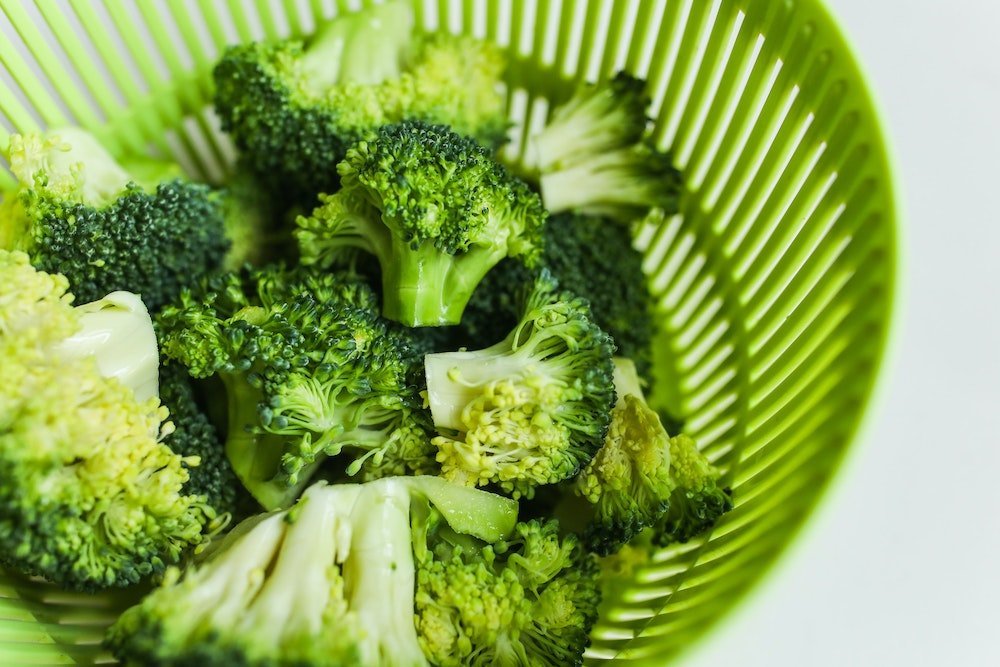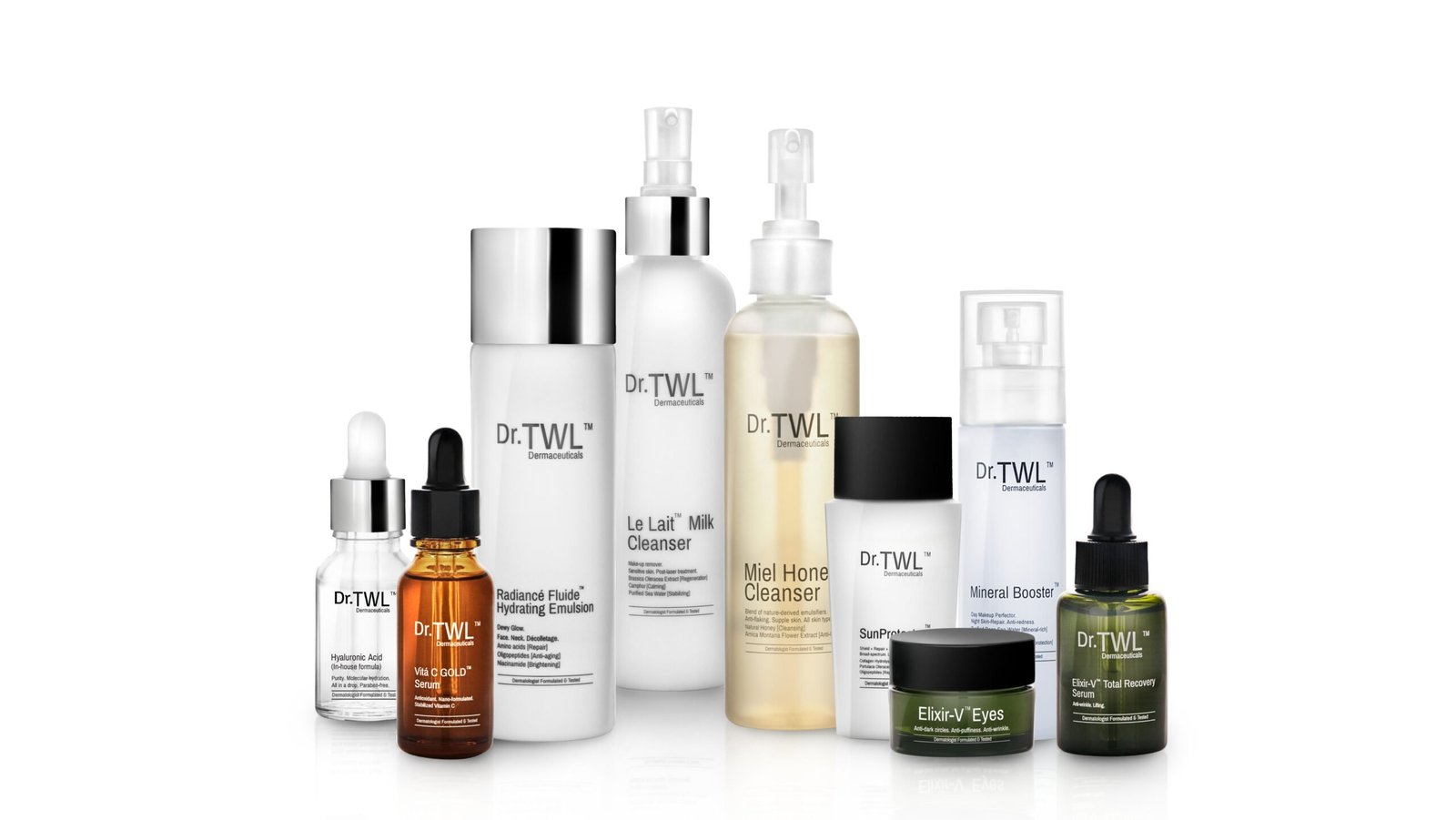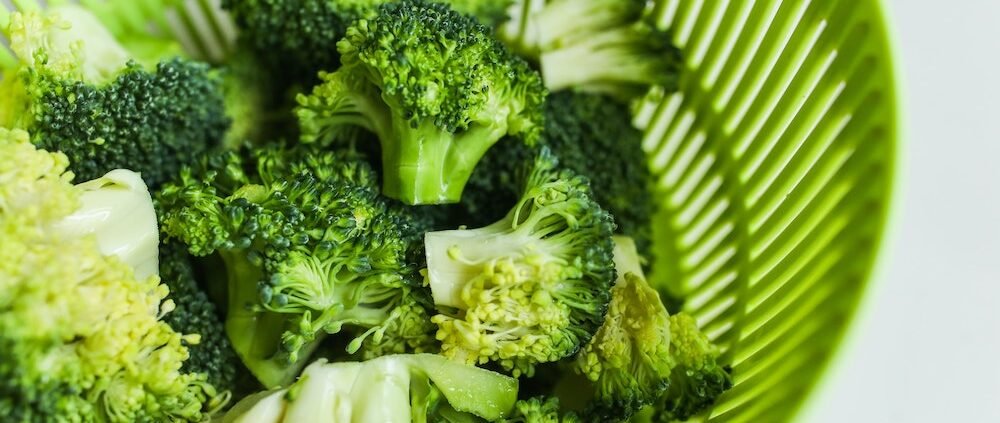Brassica Superfoods for Skin Health

The Brassica Oleracea family is a plant species that includes cabbage, kale, broccoli, cauliflower among others. These vegetables are full of antioxidants, are high in vitamin, minerals, fibre, as well as beneficial phytochemicals. This family of vegetables contain many beneficial plant compounds. These include vitamins C and E, carotenoids, antioxidant enzymes such as superoxide dismutase (SOD), sulphur-containing glycosides, anthocyanins, and other useful plant metabolites.
Skin health
Antioxidant
These vegetables are excellent sources of vitamin C and E. These are both potent antioxidants and can help protect your skin from oxidative stress. They are also photoprotective, helping to prevent UV-induced free radical damage. Many studies in cell cultures models have found protective effects of vitamin E molecules on skin cells. Furthermore, research has also noted that vitamin C is particularly effective in reducing oxidative damage to the skin when it is used in conjunction with Vitamin E.
Anti-inflammatory
In cultured keratinocytes, alpha-tocopherol, a derivative of vitamin E, has been shown to decrease inflammation. Additionally, a study published in the Journal of the Academy of Nutrition and Dietetics indicated that higher intake of cruciferous vegetables were associated with a 25% reduction in inflammatory markers among 1005 women.
Photoprotective
The cruciferous vegetables of the brassica family also contain plenty of beneficial phytochemicals like glucosinolates, which include sulforaphane. These naturally occurring sulfur-containing chemicals are what is responsible for the characteristic bitter taste of the greens in the brassica family. Sulforaphanes enhance the body’s natural defences It does this by stimulating increased production of antioxidants and enzymes that help to eliminate harmful substances from the body.
Additionally, sulforaphane shows the ability to reverse the effects of photoaging by protecting against UV-induced sun damage. In one study, topical application of broccoli extract containing sulforaphane 3 days prior to sun exposure helped to manage skin cell damage.

Promotes eye health
The vegetables in the brassica family are a rich source of the carotenoids beta carotene, lutein, zeaxanthin. In particular, these 3 carotenoids form the pigment in the macula (macular pigment). This pigment protects the photoreceptor cells located in the retina. In short, the antioxidant and anti-inflammatory effects of the macular pigment reduce oxidative stress on the eye caused by blue light, protecting against macular degeneration.
In particular, kale, collard greens, and broccoli contain some of the highest dietary concentrations of these protective carotenoids.
Improve cardiovascular health
Brassica vegetables contain many protective flavonoids (flavanols and anthocyanins). Including flavonoids in your diet may be an effective way to reduce high blood pressure. One review found that 5 subtypes of flavonoids had a demonstrable effect in lowering high blood pressure.
Furthermore, one study published in the Journal of Translational Medicine found that people who consumed higher levels of flavonoids as part of their diet had a lower risk of cardiovascular complications.
One study published in Biomedical Environmental Science found that men with high cholesterol who supplemented with 120mL of kale juice daily for 12 weeks saw a 10% reduction in “bad” LDL cholesterol, and a 27% increase in “good” HDL cholesterol.
Recommended intake
Researchers recommend eating at least 5 servings of these superfoods per week, including them in your daily diet. These versatile vegetables can be prepared in many ways including steamed, pan-fried, added to soups and curries, or eaten raw.

The signature ingredient in Dr.TWL Dermaceuticals skincare is LARECEA, a derivative of Brassica Oleracea. “Larecea is formulated with coenzyme Q, a ubiquinol derived molecule that directly enhances skin cell metabolism. It also increases anti-oxidant capacity for skin anti-ageing and repair,” accredited dermatologist, Dr. Teo Wan Lin.










Leave a Reply
Want to join the discussion?Feel free to contribute!